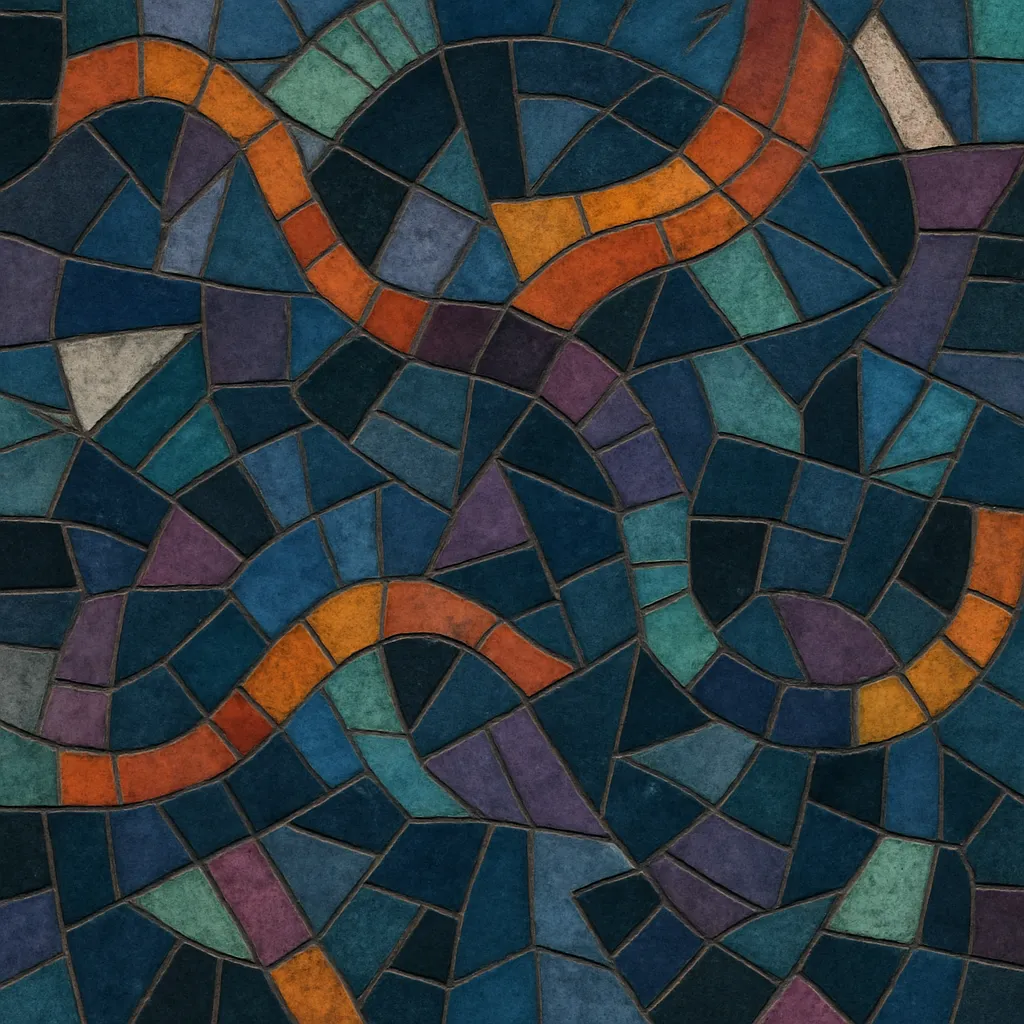Wonky techno is a strain of techno that borrows the off‑kilter swing, lurching syncopations, and pitch‑wobbled sound design of “wonky” and UK bass, then grafts them onto techno’s hypnotic structures.
Instead of straight four‑on‑the‑floor, it leans on broken, asymmetrical drum programming, micro‑timing nudges, and rubbery low‑end, creating grooves that feel simultaneously club‑functional and crooked. The palette often includes detuned or FM‑rich synths, percussive stabs filtered through dub‑techno space, and restless modulation that keeps the grid feeling fluid and unstable.
The result is techno that moves bodies while constantly unbalancing the listener’s inner metronome: tense, bass‑forward, textural, and rhythmically adventurous.
Wonky techno emerges as UK producers steeped in post‑dubstep, UK funky, and wonky beat experimentation begin orbiting techno’s tempos, sound systems, and club infrastructure. The “wonky” aesthetic—off‑grid swing, detuned leads, and lurching subs—bleeds into techno contexts, especially via Bristol and London hubs that already connected dubwise sound design with percussive dance music.
Labels and crews such as Livity Sound, Hessle Audio, Hemlock, and Timedance shape a signature approach: sparse but heavy drums, non‑linear grooves, negative space, and tactile low‑end pressure. Producers emphasize micro‑timing, broken kick patterns, and modular or analog textures, pushing beyond straight techno without abandoning the dance floor.
The style codifies around elastic, syncopated percussion; sub‑centric mixes; and sound design that feels slightly unstable—pitch‑bent stabs, warbly chords, FM zaps, and tape‑like wow/flutter. Dub‑techno spatiality (delay, reverb, filtering) is used surgically, opening pockets in otherwise taut, percussive arrangements.
By the late 2010s, this approach informs adjacent club experiments—feeding into deconstructed club’s emphasis on broken form and hard drum’s drum‑led intensity—while giving techno DJs a toolkit for set dynamics that oscillate between linear drive and off‑grid tension.


